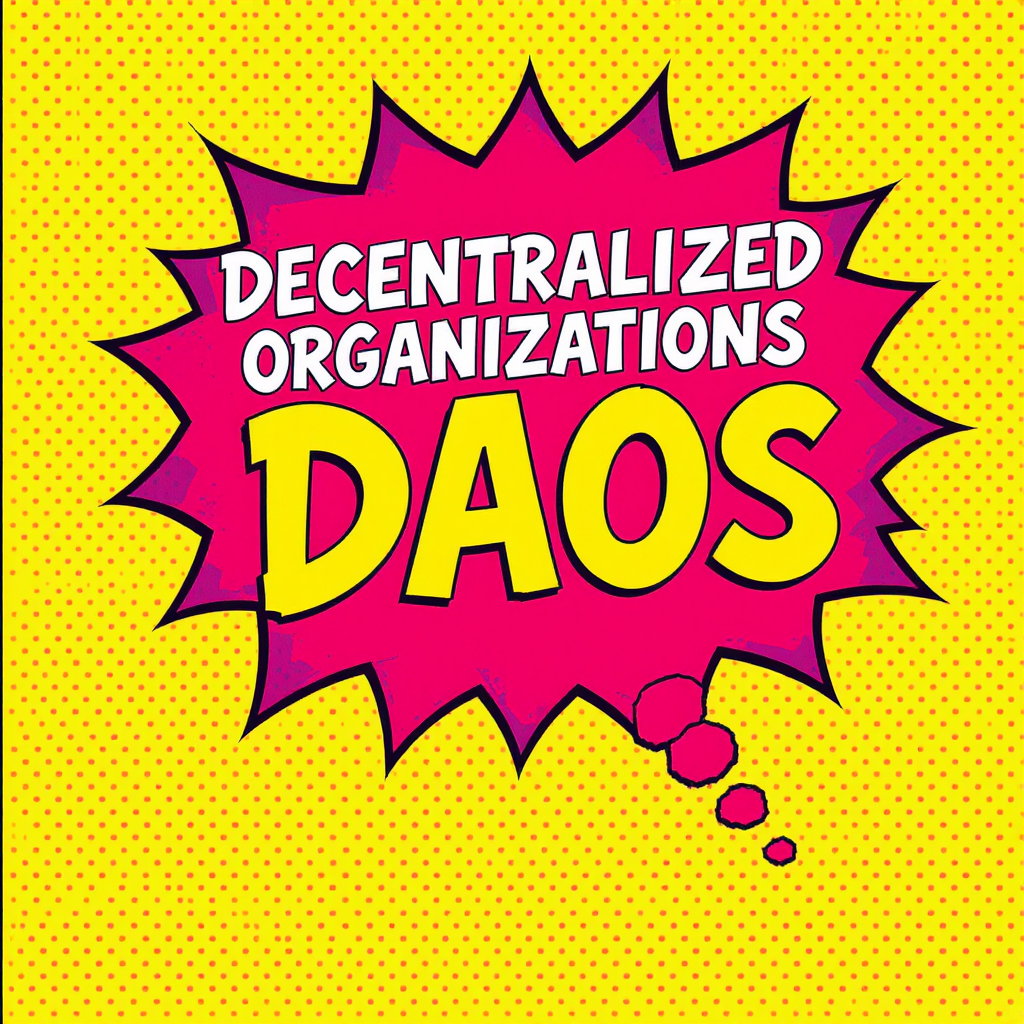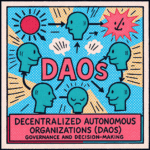Decentralized Autonomous Organizations (DAOs) represent a novel approach to organizational structure, leveraging blockchain technology to automate processes and distribute decision-making power. This article delves into the complex economic dynamics at play within DAOs, exploring their unique characteristics and contrasting them with traditional organizational models. We will examine how DAOs generate revenue, manage their treasury, allocate resources, and incentivize participation. Understanding the economic principles underpinning DAOs is crucial for assessing their viability, potential for growth, and overall impact on the future of business and governance. We will discuss the challenges inherent in the DAO economic model and consider how these challenges are being addressed through innovation and ongoing experimentation within the space. The analysis presented here will offer a comprehensive overview of the economic forces shaping the evolution of DAOs and their potential for long-term sustainability.
Tokenomics and Revenue Generation
The economic engine of many DAOs revolves around their native token. This token often serves multiple purposes: as a governance mechanism, allowing token holders to vote on proposals; as a means of incentivizing participation, rewarding contributors with tokens for their efforts; and as a store of value, reflecting the overall success and growth of the DAO. Revenue generation strategies vary widely depending on the DAO’s purpose. Some DAOs generate revenue through the sale of goods or services, similar to traditional businesses. Others might earn revenue through transaction fees on their platform, or through staking and yield farming activities. The distribution of revenue among token holders is typically governed by the DAO’s smart contracts, ensuring transparency and accountability. The design of the tokenomics is therefore crucial for the long-term health of the DAO, as it directly impacts the incentives of its members and its overall financial sustainability.
Treasury Management and Resource Allocation
DAOs often hold a significant treasury of funds, typically in the form of their native token or other cryptocurrencies. Managing this treasury effectively is crucial for the DAO’s longevity. Transparent and accountable treasury management is key to building trust and attracting further investment. Resource allocation within a DAO is usually determined through a voting process, allowing token holders to decide on how funds should be spent. This democratic process, while beneficial in fostering participation, can also be slow and susceptible to manipulation if not carefully designed. Efficient and transparent methods for proposing, debating, and executing resource allocation decisions are essential for the success of a DAO.
Incentivization and Participation
Successful DAOs need to effectively incentivize the participation of their members. This often involves rewarding contributors with tokens, grants, or other forms of compensation. Designing a fair and effective incentive structure is a challenge, as it needs to balance the needs of the DAO with the interests of individual members. Overly generous incentives can lead to unsustainable costs, while insufficient incentives can lead to a lack of participation and ultimately the DAO’s failure. The structure of these incentives is often encoded in smart contracts, making them transparent and immutable. Different DAOs experiment with various incentive models, constantly refining their approach based on observed results.
Governance and Decision-Making
The decentralized nature of DAOs necessitates a robust governance framework. The process of proposing, debating, and voting on proposals is often crucial to its success. These processes can range from simple majority voting to more complex systems involving weighted voting based on token holdings or reputation scores. Effective governance requires careful consideration of various factors, including participation levels, the potential for manipulation, and the efficiency of the decision-making process. The goal is to strike a balance between decentralization and efficiency, ensuring that the DAO can respond effectively to changes in the market and its environment. The transparency of the governance process, often publicly auditable through blockchain technology, is fundamental to its legitimacy.
Challenges and Future Directions
Despite their potential, DAOs face significant economic challenges. These include the volatility of cryptocurrency markets, the potential for exploitation and manipulation, and the difficulty of scaling to a large number of members. However, ongoing development in areas such as improved governance mechanisms, sophisticated incentive models, and enhanced security protocols are addressing these issues. The future of DAOs hinges on the ability to address these challenges effectively. Continued innovation and experimentation within the DAO ecosystem are essential for unlocking their full potential and realizing their promise as a new form of organizational structure. The evolution of DAO economics will likely be shaped by technological advancements, regulatory developments, and ongoing experimentation within the community. Ultimately, the long-term success of DAOs will depend on their ability to create sustainable economic models that balance the interests of individual members with the overall goals of the organization.
| DAO Type | Revenue Model | Governance Model |
|---|---|---|
| Protocol DAO | Transaction fees, token staking | Token-weighted voting |
| Grant DAO | Donations, fundraising | Community voting, proposal review |
| Investment DAO | Investment returns, portfolio management fees | Member voting, portfolio strategy discussions |
References
Image By: Black Forest Labs






